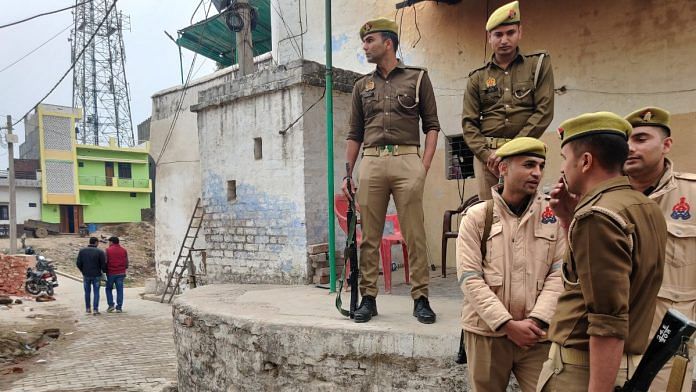Sambhal: As the heavy iron cover of the centuries-old well next to the Sambhal mosque was lifted by two men, the hushed whispers among neighbours immediately filled the spot. People stopped in their tracks to watch. Three members of the Archaeological Survey of India peered into the well that had been opened for the first time in a few decades.
It is the beginning of Sambhal’s makeover into a city of holy Hindu wells and pilgrimage. It can potentially be western Uttar Pradesh’s answer to the holy circuit of eastern Uttar Pradesh. The well has been the epicentre of a protracted dispute between the UP government and mosque committee. Violence erupted in November, killing four people. It’s not quite the temple-mosque dispute like Ayodhya, but Sambhal is now the hotbed for a new kind of Hindu heritage revivalism and assertion.
The fate of the well is something even the Supreme Court is wading into. Now, the local administration is hoping to build a Hindu heritage trail across Sambhal. The well is at the heart of this plan. Even as the arguments continue in court about whether it is the Shahi Jama Masjid well or the Dharani Varah Koop, the district administration has submitted a 38-page report about the elaborate revival plan.
The city has 19 historical koops (wells) and 68 tirths (pilgrimage sites) – mostly affected by encroachment, according to the local administration.
The Sambhal administration is now working hard to revive these wells – 14 of 19 mud and garbage-filled koops have been undergoing cleaning from the past three months, covered with nets for safety and to avoid further contamination.
Sambhal is an ancient city, and we are working to bring back its glory. Given its rich social, cultural, and religious heritage, redevelopment work is being carried out on its tirths and wells. An action plan and Detailed Project Report (DPR) has been prepared – Mani Bhushan Tiwari, Municipal Council Executive Officer, Sambhal
Among these 14 wells are Bali Koop, Saptsagar Koop, Vigil Koop, Krishna Koop, Vishnu Koop, Akrammochan Koop, Mrityu Koop, Ashok Koop, Chaturmukh Koop. The revival work on Chaturmukh Koop, designated as the ‘model well’, is nearing completion.
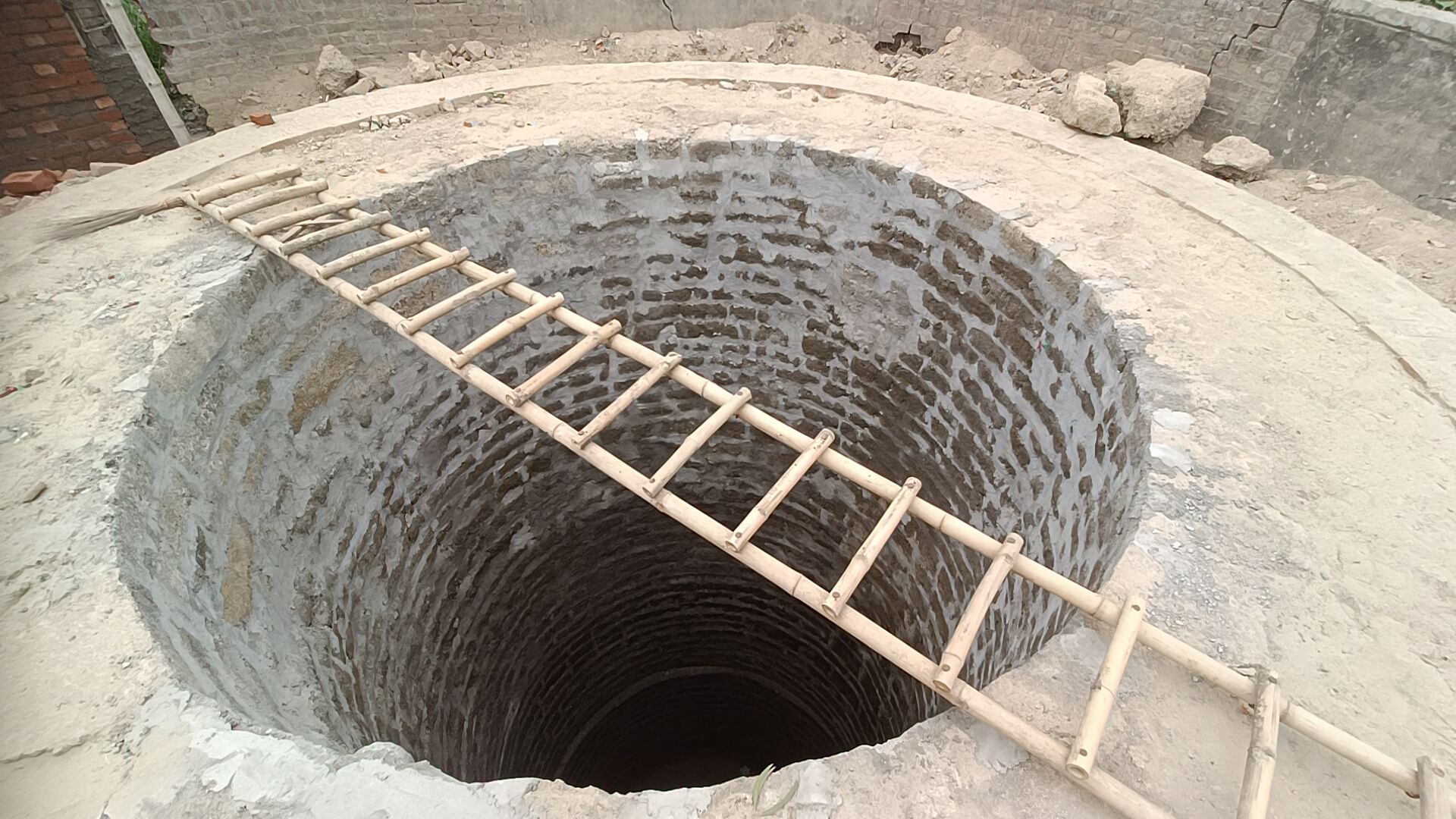
“Sambhal is an ancient city, and we are working to bring back its glory. Given its rich social, cultural, and religious heritage, redevelopment work is being carried out on its tirths and wells. An action plan and Detailed Project Report (DPR) has been prepared,” said Mani Bhushan Tiwari, Municipal Council Executive Officer, Sambhal.
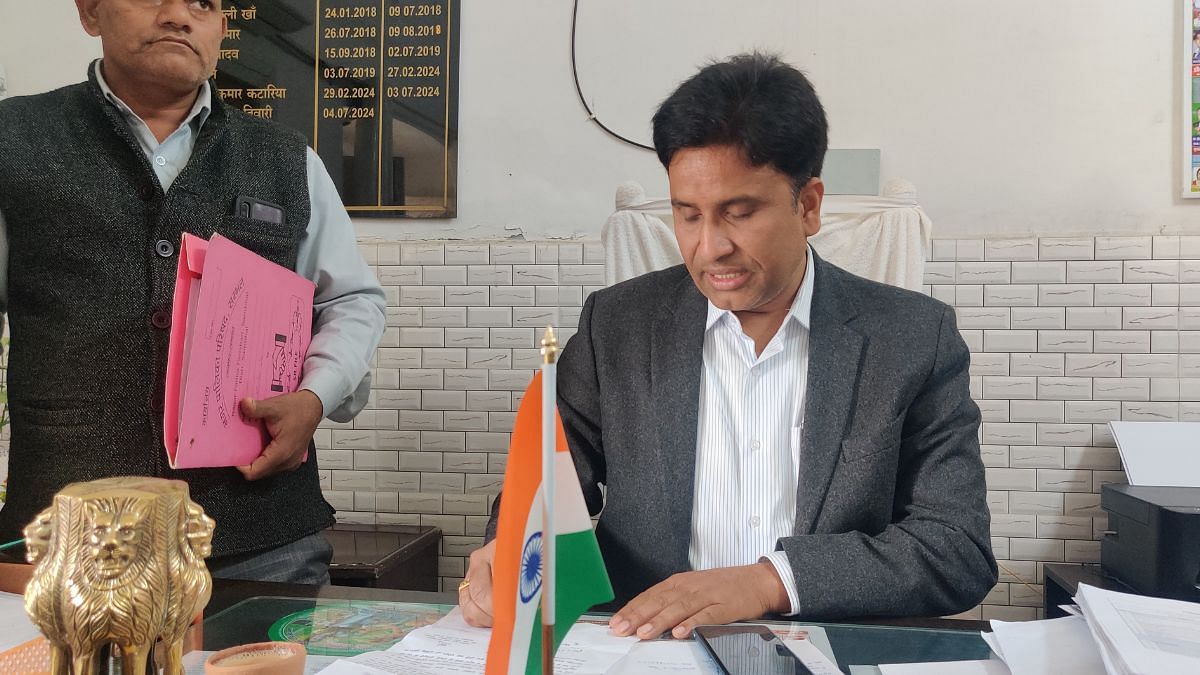
The administration is keen to spend money for this revival work, said Tiwari. However, no official allocations have been made yet. According to the UP-government affidavit submitted to the Supreme Court, the DPR estimates an expenditure of Rs 1.23 crore for the reconstruction of all 19 wells. A total of Rs 10 crore will be spent on all the pilgrimage sites in Sambhal, under the state urban development department’s Vandan Yojana, said Tiwari. Rs 20.56 lakh is being spent on the Chaturmukh Koop alone, from the state finance commission fund, he further revealed.
Wells have religious-social importance and are also important for rainwater harvesting and water recharge – Mani Bhushan Tiwari, Municipal Council Executive Officer, Sambhal
Sambhal’s mysterious mythological wells now hold the answer to several key questions in Modi’s India – about the new temple hunt, and how the government combines urban beautification projects with Hindu pilgrimage corridors.
Sambhal’s redevelopment push
The municipal council has installed a yellow-coloured signboard near the Chaturmukh Koop in Mohalla Alam Sarai. It includes a map, showing all the pilgrimage sites of Sambhal.
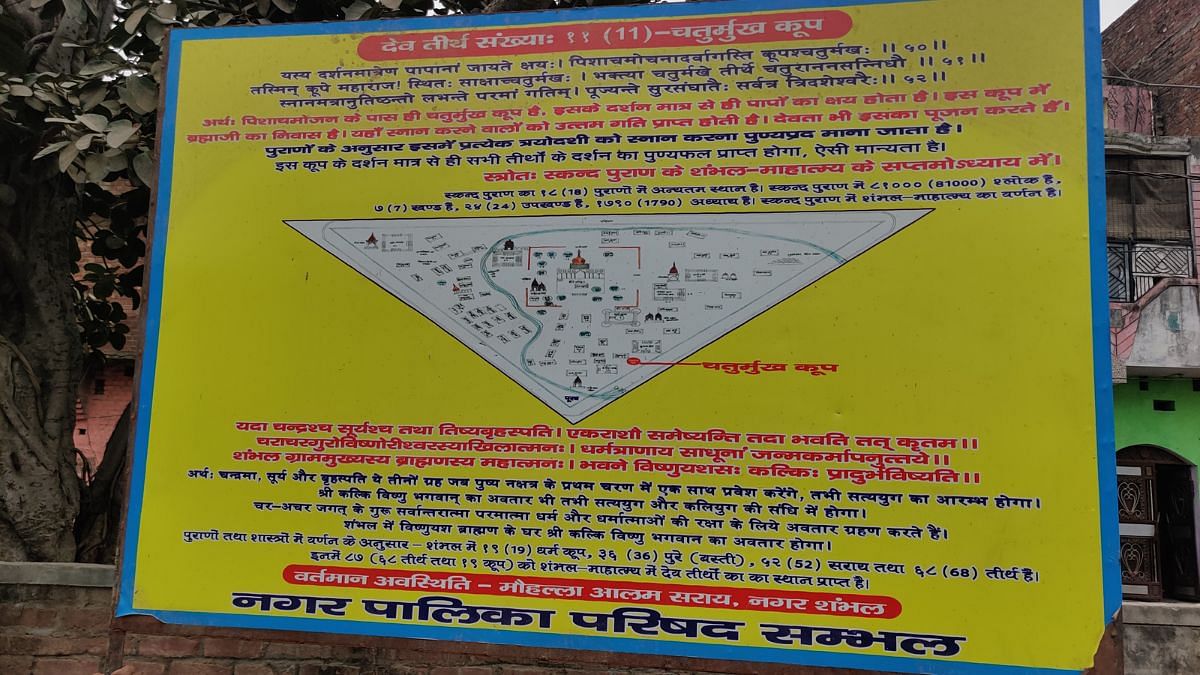
“Visiting this one well alone grants the spiritual merit of visiting all pilgrimage sites,” reads the board, in Hindi.
There is a tradition of worshipping wells in western UP, and people often visit them on occasions such as marriage and child birth. Residents also believe that Brahma himself resides in the Chaturmukh Koop, and that even gods offer prayers there.
According to the Sambhal district website, a Tomar dynasty emerged in Sambhal around 700 AD. And the king of this dynasty, Jagat Singh, built 68 pilgrimages sites in the city. Apart from this, there is a mention of 19 wells in Sambhal in the 8th-century Skanda Purana, the largest Purana among the 18 major Puranas of Hinduism.
“Wells have religious-social importance and are also important for rainwater harvesting and water recharge,” said Tiwari.
This restoration work is not limited to wells, though.
A bigger plan to develop all of Sambhal’s 68 pilgrimage sites is underway. It includes the installation of information signboards, fixing lighting facilities, beautification of the parikrama paths (circumambulation routes), and installation of water kiosks, among other things. The municipal council will oversee the development of such sites in urban areas, while those in rural areas will be managed by Gram Panchayats.
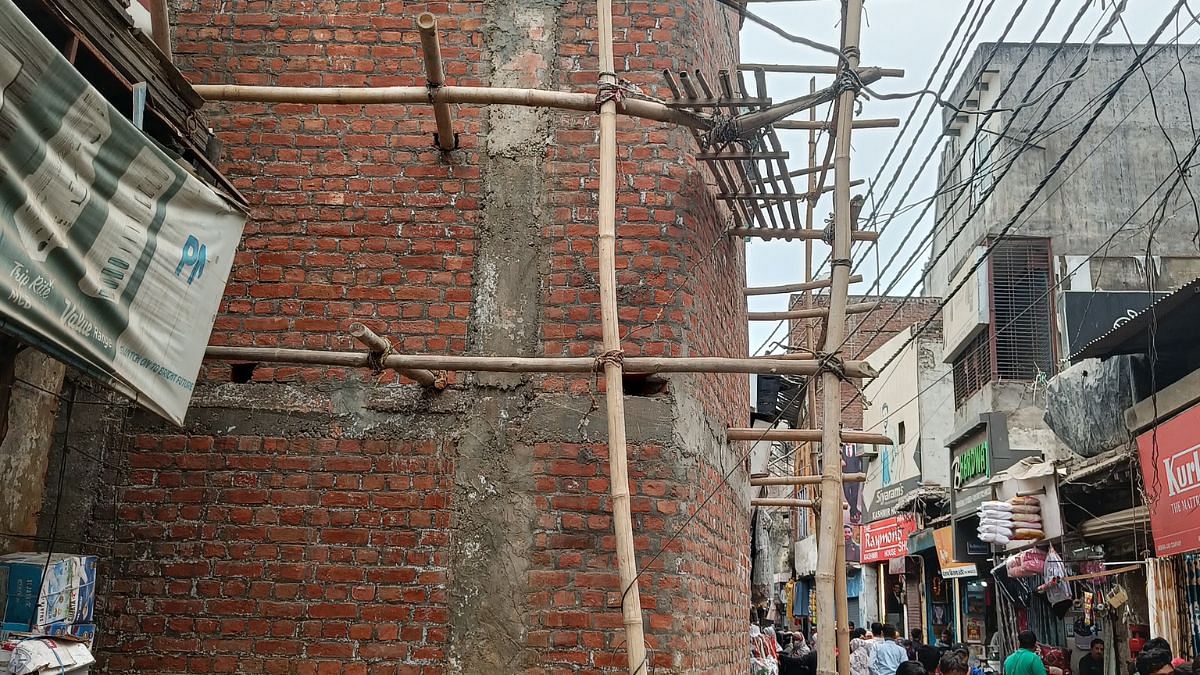
“The crossroads and intersections around these sites will be beautified, and inns will be built for the devotees,” said Tiwari, adding that the circumambulation routes will modelled around the parikrama paths in Mathura.
One of the pilgrimage sites being restored as part of this grand plan is Bhadrikashram Tirtha, just two kilometres from the Shahi Jama Masjid, which used to be a water-logged area until two months ago. When the water accumulated in it was pumped out, old brick structures were found.
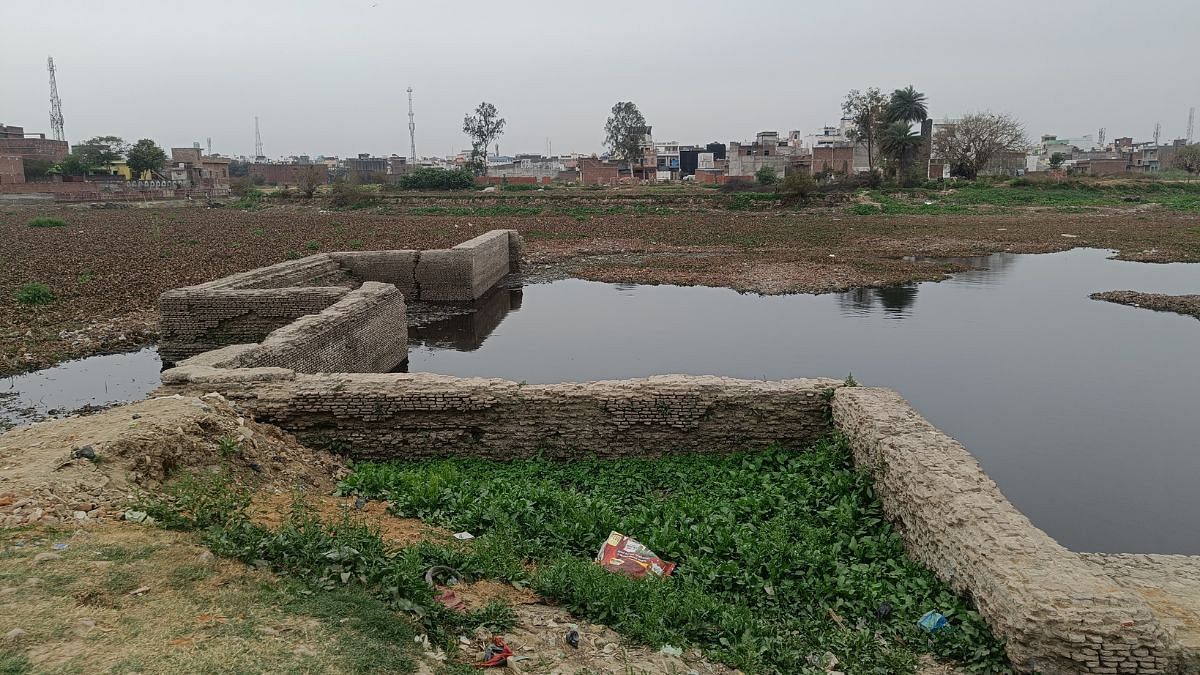
Yamghant Tirtha, located in the middle of a residential colony in Hallu Sarai, is also being developed. Walls are now being erected on all four sides of the structure, to prevent people from dumping garbage in it.
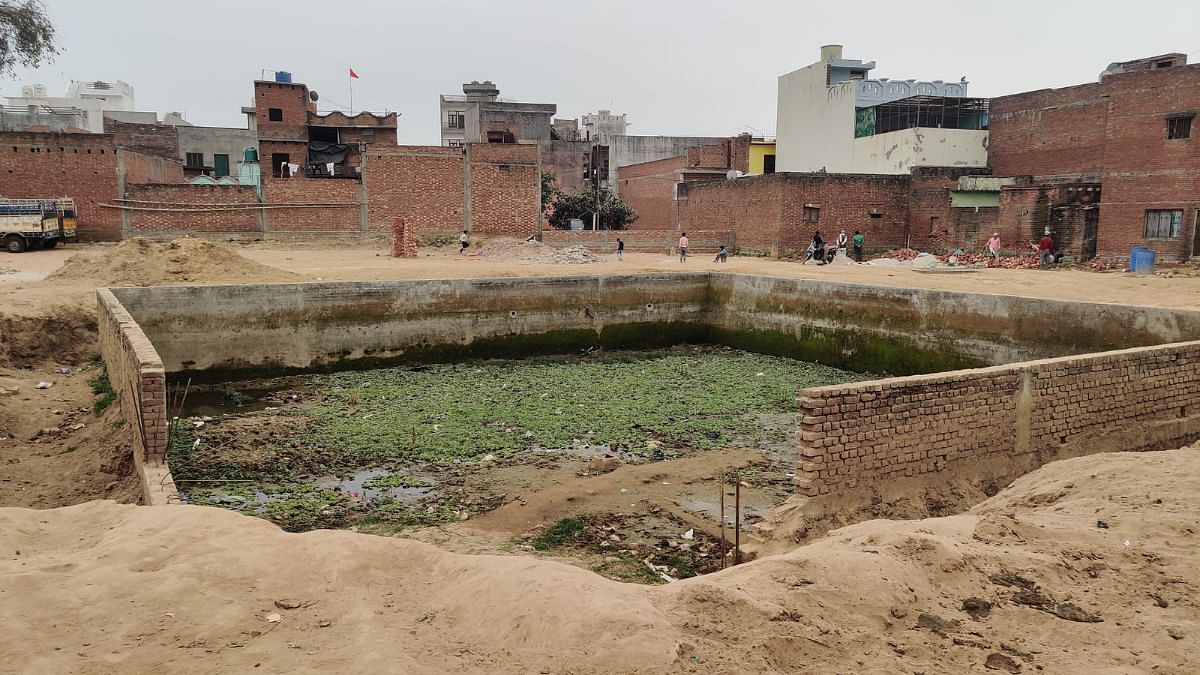
“An idol of Lord Yam will be installed here and a temple will be built so that people can come for darshan,” said Tiwari, who is supervising the wall-building exercise.
All the archaeological remains that we have will be kept at one place and given the form of a museum so that people can see our culture in its ancient form properly – Rajendra Pensia, Sambhal DM
Apart from restoring ancient sites, the local administration is cultivating waste-to-wonder parks. ‘I love Sambhal’ boards are also cropping up across the city, with plans underway to build a city museum.
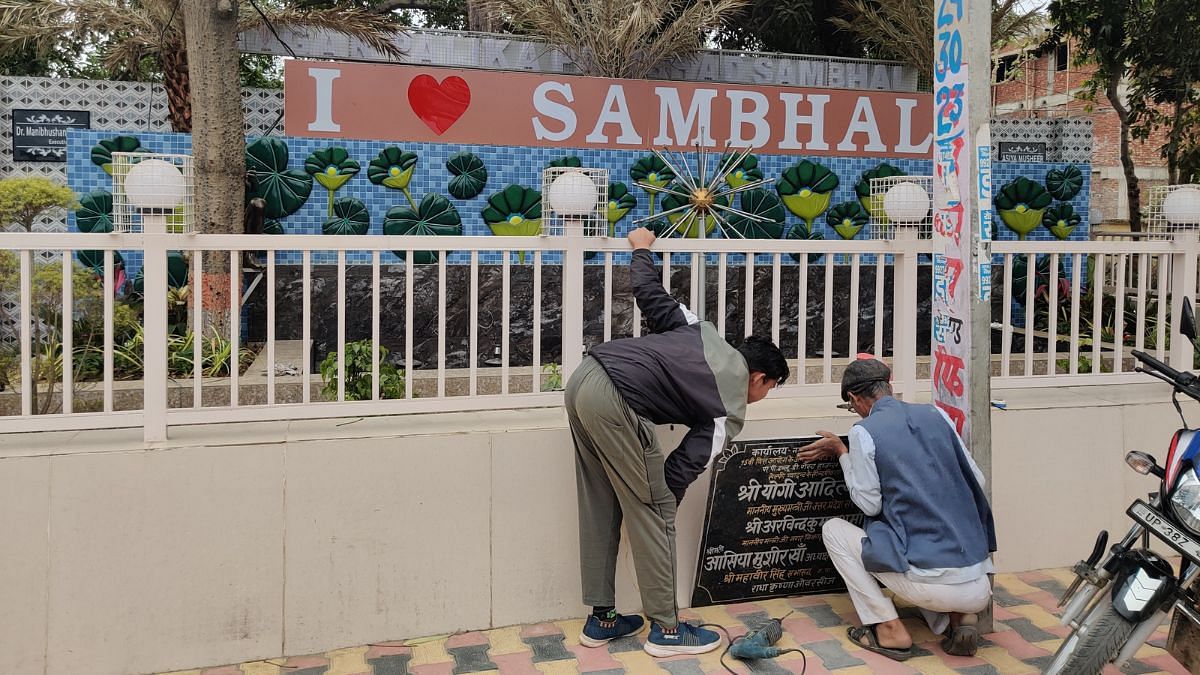
“The information, evidence and stories about all the Dev Tirths of Sambhal will be available in the museum and whatever is found from these Dev Tirths will be kept in that museum,” said Tiwari.
Recently, an 8th-century statue of Mahishasuramardini was found in Sambhal’s Rudayan village. And District Magistrate Rajendra Pensia went there to see it himself.
“All the archaeological remains that we have will be kept at one place and given the form of a museum so that people can see our culture in its ancient form properly,” said Pensia.
On 23 February, DM Pensia had said that authorities have discovered 60 Dev Tirthas, and successfully removed encroachments from 44 of these during ongoing excavation work in the district.
Also read:
The Sambhal Mahatmya blueprint
In the past three months, one book has become the go-to reference for local municipal officials, as well as ASI and IAS officers. Several copies have been made, and officials quote from it with ease now. It is the Sambhal Mahatmaya, based on the Skanda Purana, which details the city’s 68 pilgrimage sites and 19 wells.
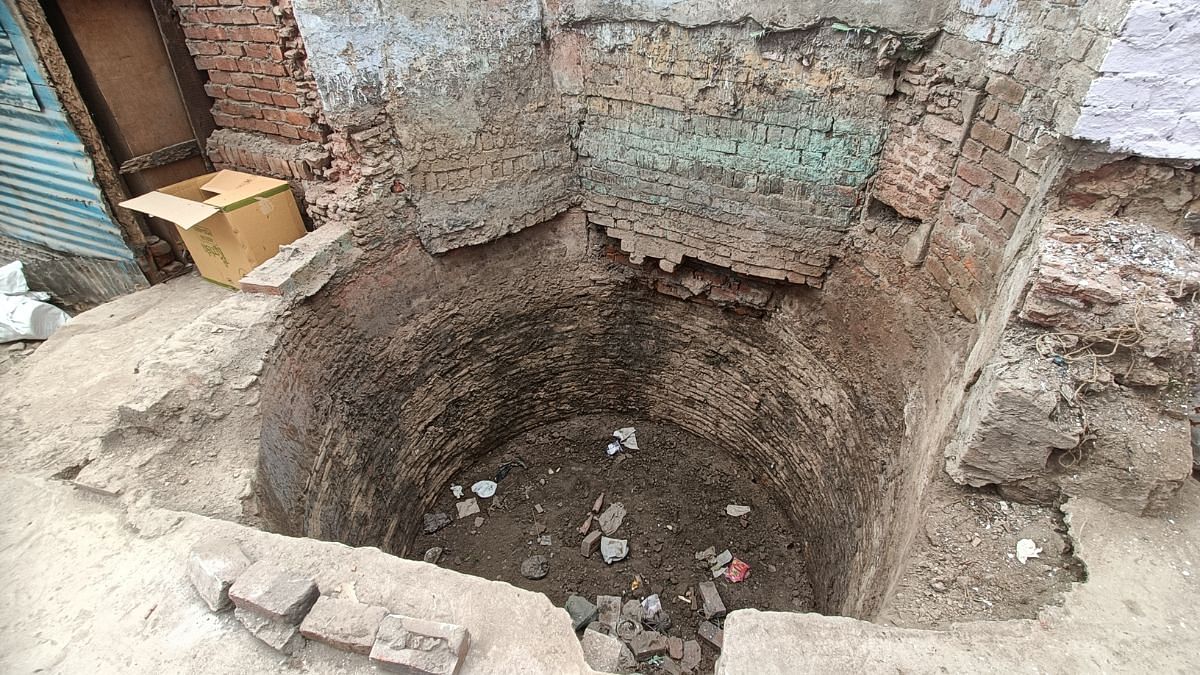
“As per Sambhal Mahatmya, three Shiv temples are present on the three corners of Sambhal. Between them, there are 87 Dev Tirtha and 5 Maha Tirtha,” Rajendra Pensia had said in February, adding that renovation work is underway for all discovered sites with funding sourced from multiple channels.
Sambhal Mahatmya is also the reference point for the maps that the administration plans to install near each of the city’s historic sites, and their written descriptions.
One such signboard will feature a map of the Sambhal region, carefully reproduced from the 1985 book and dating back to the year 1065. This visual aid will provide visitors a glimpse into the region’s medieval landscape, allowing them to appreciate and absorb the area’s history. The administration’s ultimate goal is to celebrate Sambhal’s cultural heritage and share its origin story with the world.
Also read:
Dharani Varah Koop battle
A two-storey police station is coming up right in front of Sambhal’s Shahi Jama Masjid. This permanent outpost will be named Satyavrat, because it is believed that Sambhal was called Satyavrat in Satyug. Construction work, which began soon after the November 2024 violence, is nearing completion. A temporary police post, set up at the disputed Dharani Varah Koop near the mosque, will be merged into the new police station.
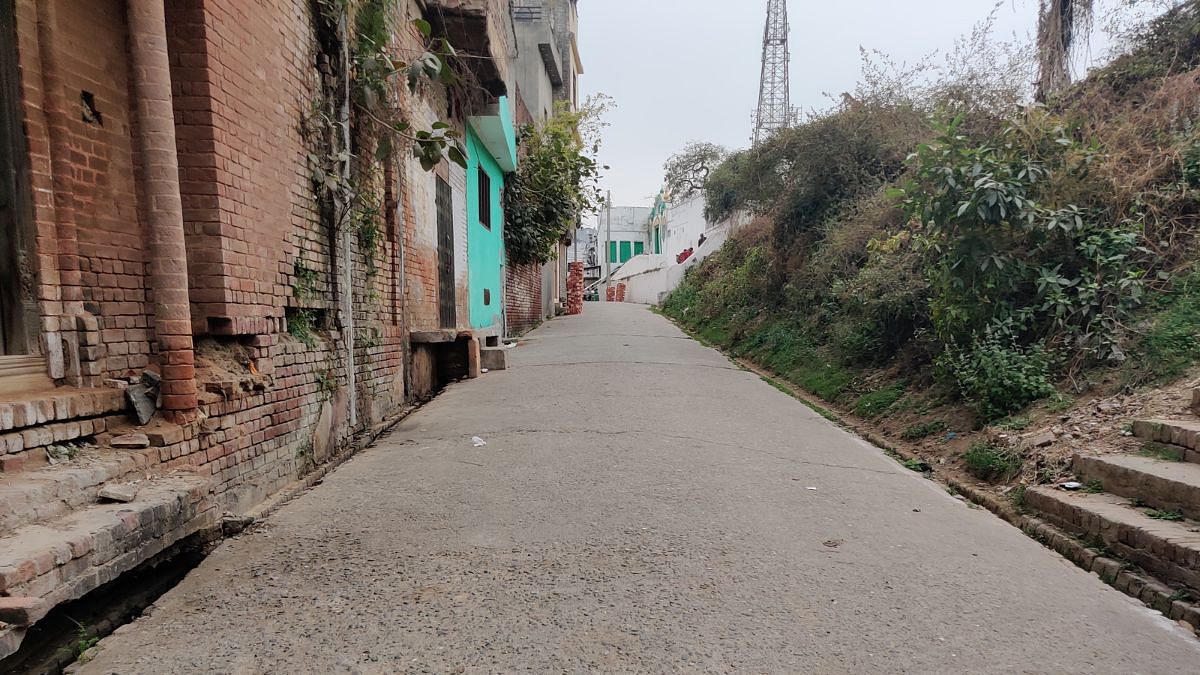
All these hectic plans are being made even as Sambhal’s Muslims insist they’re the happiest with the status quo.
Last month, the Shahi Jama Masjid committee had approached the Supreme Court to uphold the existing status of the Dharani Varah Koop, as “a private well” near the entrance of the mosque.
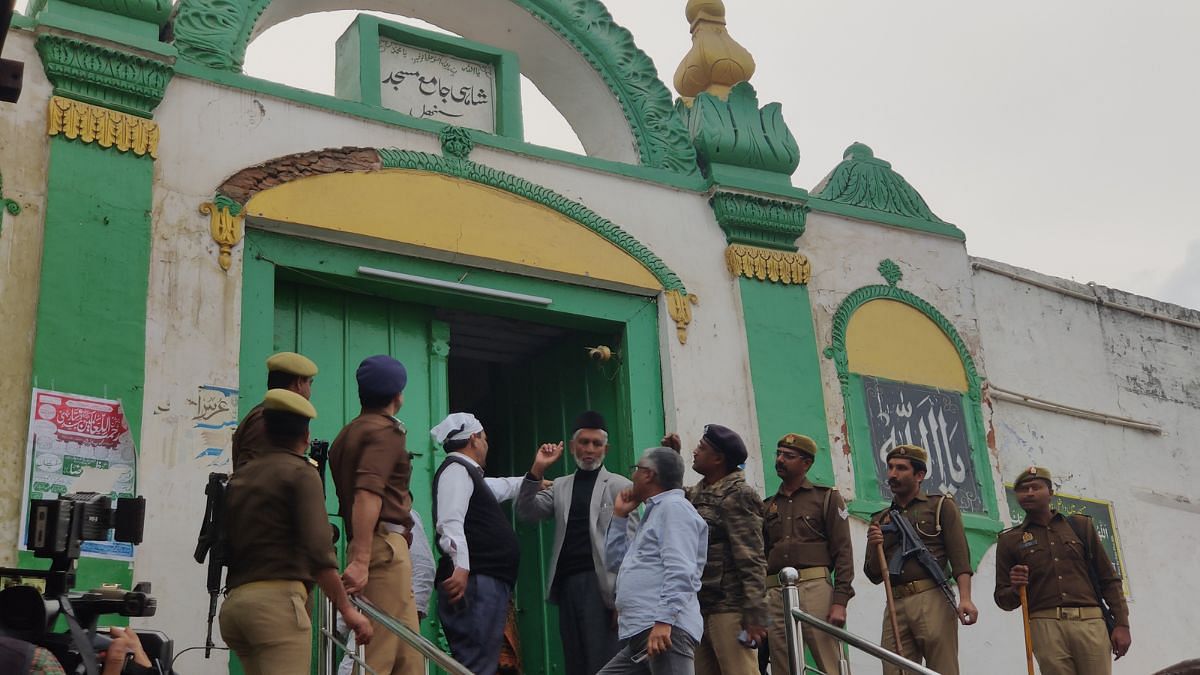
The UP government then filed a report saying that the well near the mosque is situated on public land, historically accessible to all communities and with no connection to the mosque. The mosque itself is on public land, the UP government insisted in its report. The Shahi Jama Masjid is one of the oldest surviving Mughal-era mosques in India. In 1920, it was declared an ASI-protected monument.
“Now it has no water and it was further found that after the communal riots of 1978, a police chowki was built on top of one part of the well,” read the report.
According to the UP government, Sambhal, at present, is also a dark zone – a geographical area where groundwater depletion exceeds the rate of recharge. This makes the push for well renovation urgent and necessary.
“The Sambhal well revival plan is one step to ensuring such a goal,” reads the government affidavit submitted in the apex court. The revival of ancient wells in Sambhal is also in sync with court directives emphasising the need to protect, conserve, and restore water sources. This initiative supports ecological balance, a healthy environment, and upholds the constitutional right to a wholesome environment as guaranteed under Article 21, said the government affidavit.
On a recent afternoon, an ASI team visited the Sambhal Shahi Masjid. The visit wasn’t about the well. The High Court had ordered them to check if the mosque needed painting ahead of Ramadan.
Zafar Ali, a lawyer by profession and the lead counsel for Shahi Masjid in the Dharani Varah Koop case, knew every ASI visit these days is important, sensitive and must be recorded. He ran after the ASI team to get it to sign a paper confirming that officials had visited the site for an inspection
“We are only concerned with one well, which is a part of the mosque. We are not concerned with whatever the government does to the wells elsewhere,” said Zafar Ali, clutching the signed papers in his hands.
(Edited by Zoya Bhatti)



